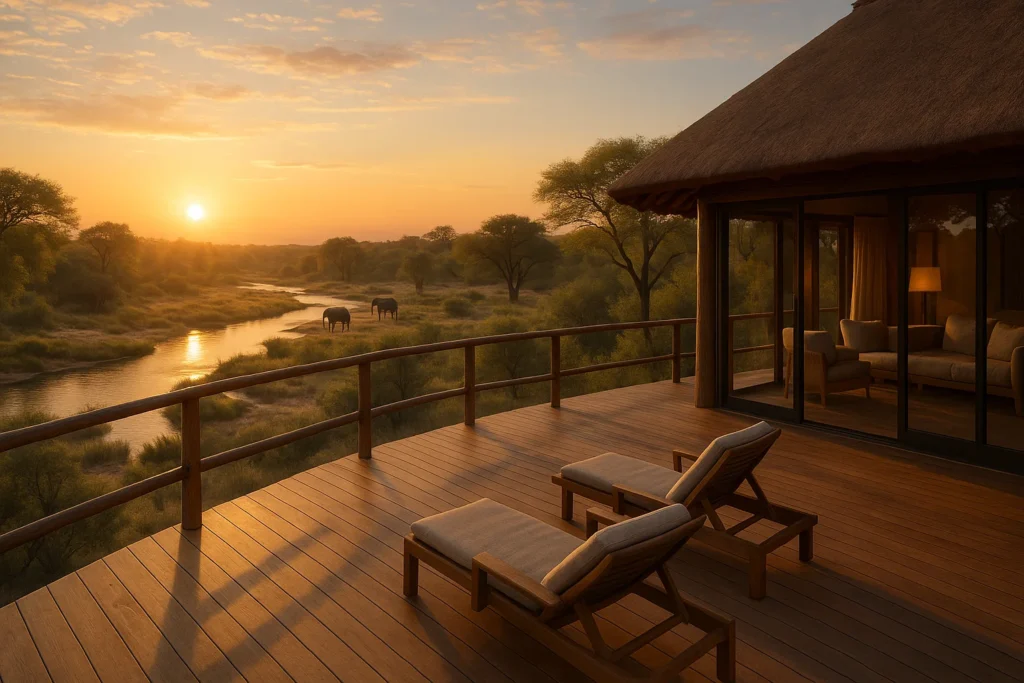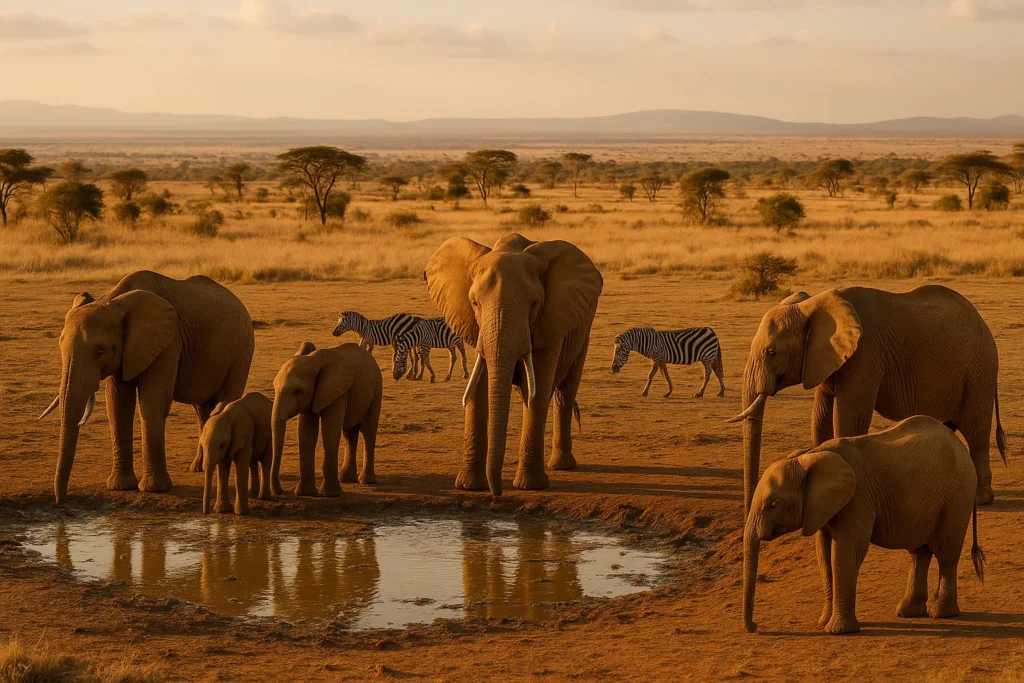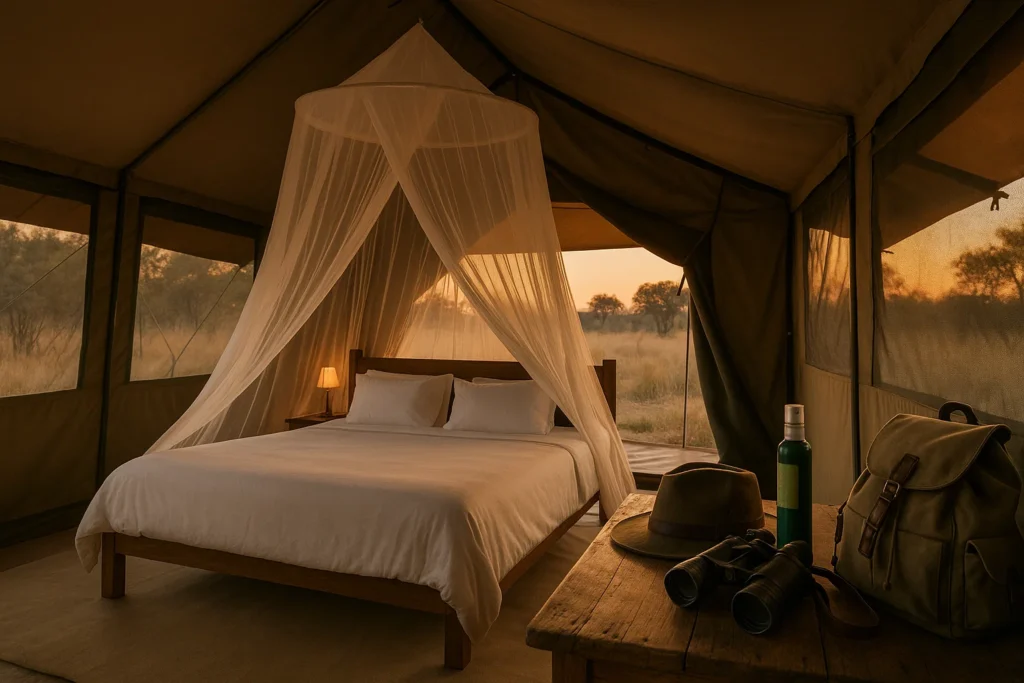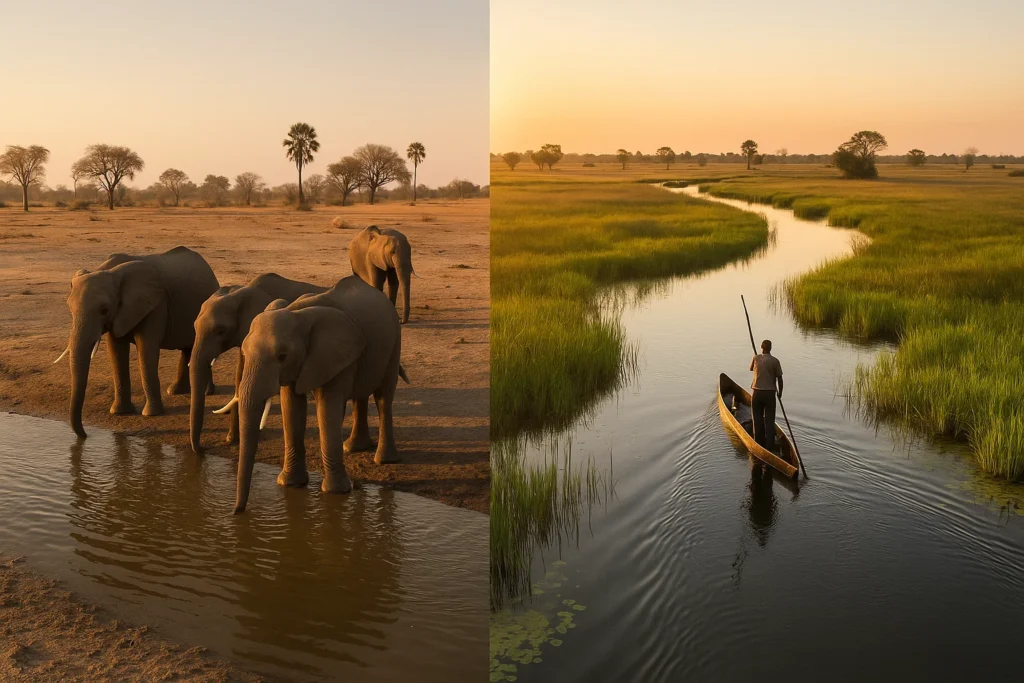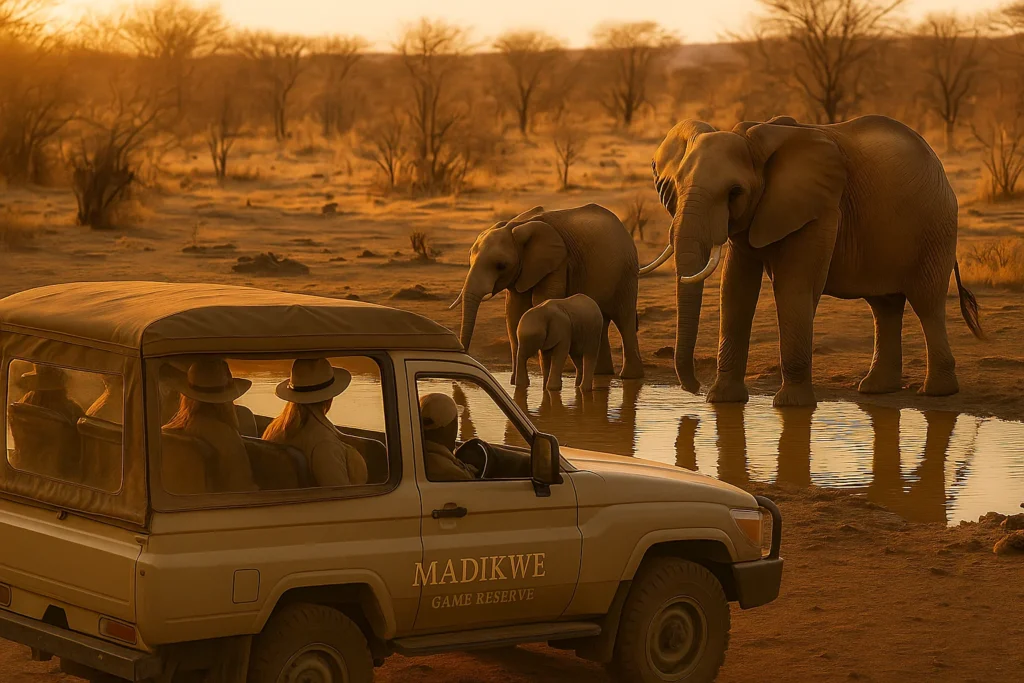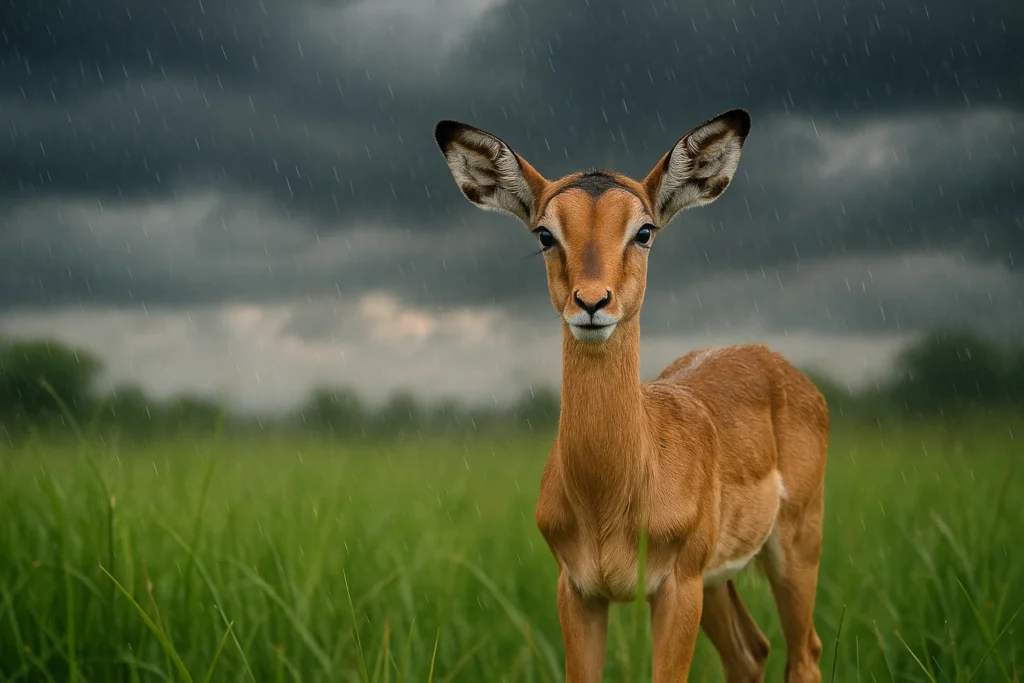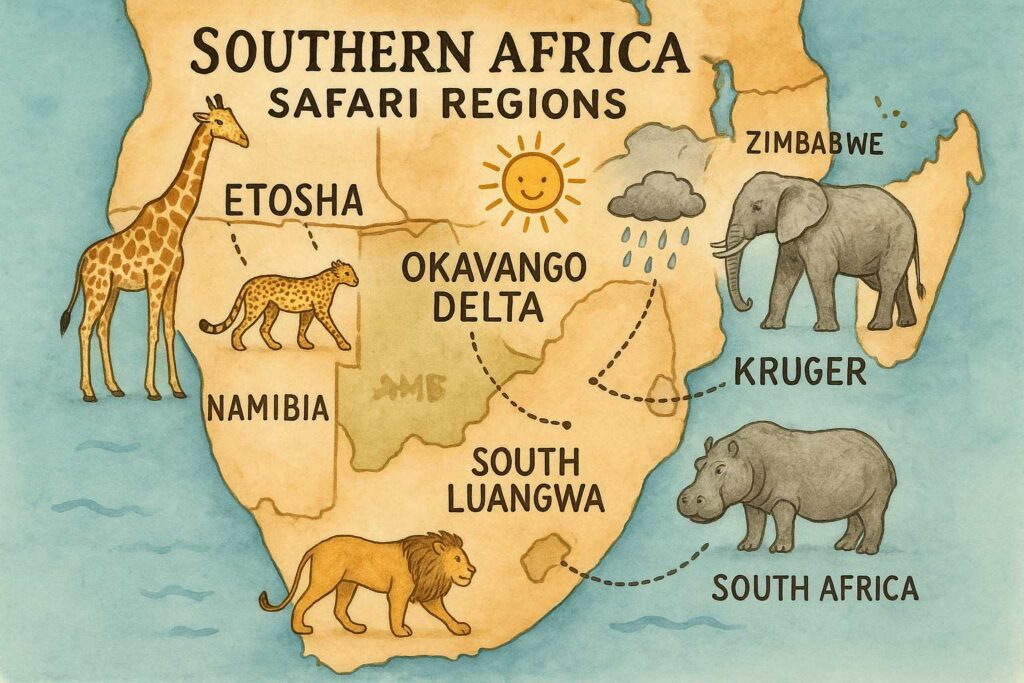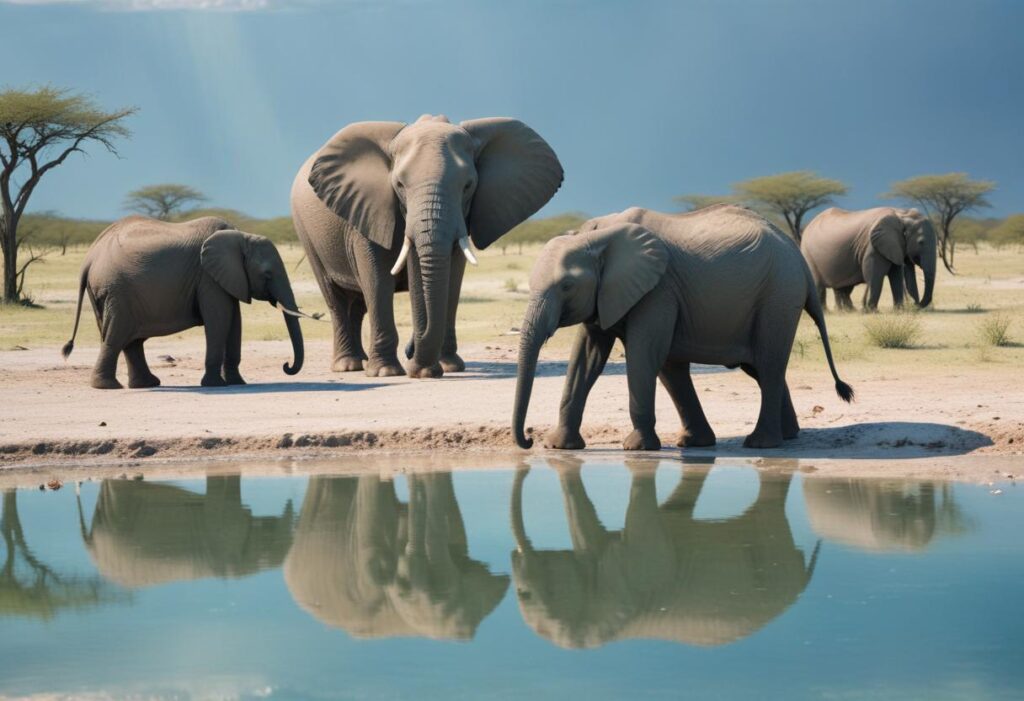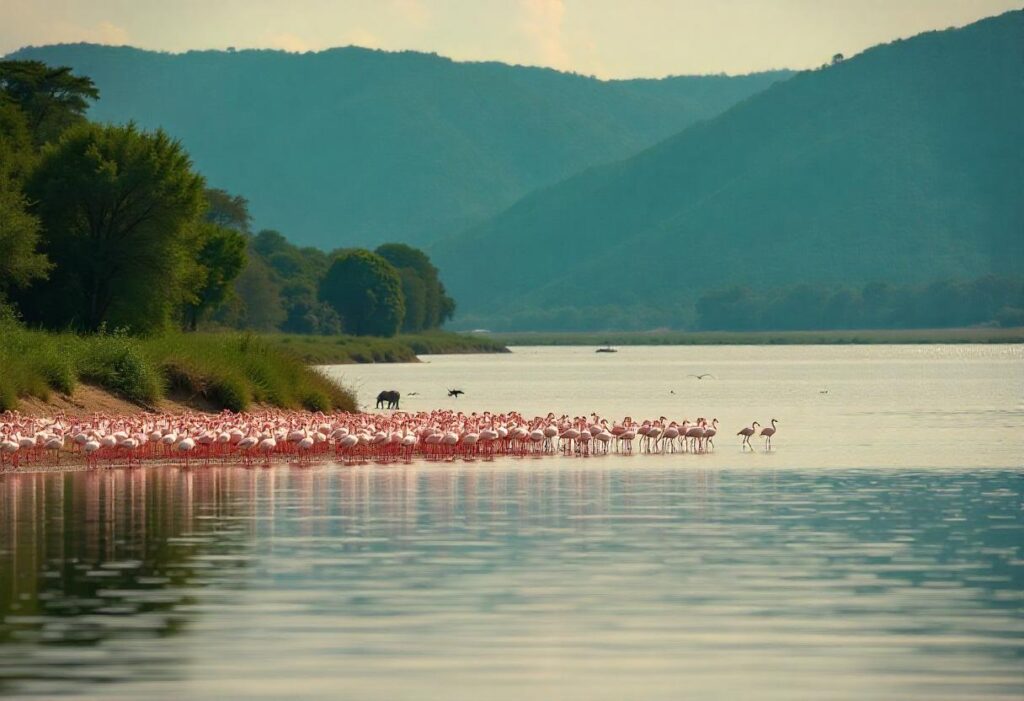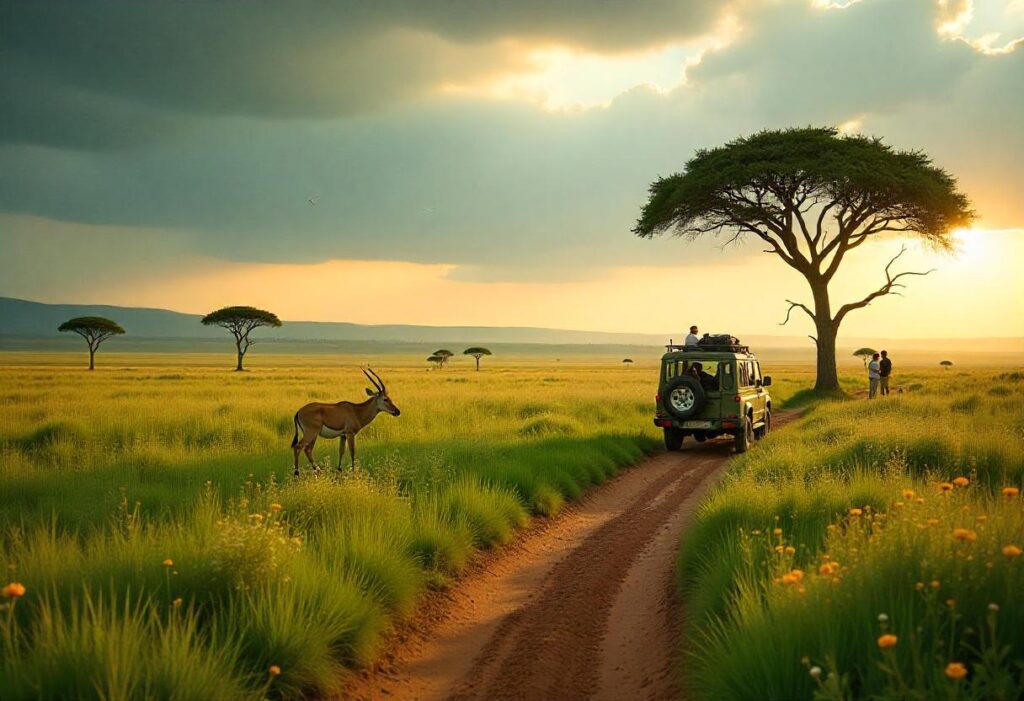
When to go on safari: The best times to visit Africa’s wild places
Planning the perfect safari starts with timing. Whether you’re chasing the Great Migration, hoping to spot the Big Five, or avoiding the rainy season, this section helps you choose the best time to go. Explore our month-by-month breakdowns, seasonal guides, and migration calendars to make the most of your safari adventure.
From the Experts
Timing is everything on safari. Whether you’re chasing the Great Migration, avoiding the rains, or hoping to spot newborn wildlife, our When to Go guides combine expert advice, first-hand experience, and seasonal insights. Discover the best months to travel, understand regional climate patterns, and plan your trip for maximum impact – all in one place.
Understanding safari seasonality across Africa
The best time to go on safari can vary widely depending on the region, weather patterns, and the wildlife experience you’re after. From East Africa’s dramatic migrations to Southern Africa’s dry-season game viewing, knowing how safari seasons work is key to planning a successful trip. Our guides break it down by country, park, and month so you can travel with confidence.
East Africa vs. Southern Africa: how timing differs
While East Africa (like Kenya and Tanzania) offers year-round safaris thanks to its equatorial climate, the timing of events like the Great Migration or calving season matters. In contrast, Southern Africa (like Botswana, South Africa, and Zambia) has a more defined wet and dry season, greatly influencing wildlife visibility. Understanding these differences will help you choose the best safari window for your interests.
Why timing matters more than you think
Choosing when to go is often more important than where. Visiting during the right season can mean the difference between spotting hundreds of animals around a waterhole—or seeing none. It affects not just wildlife sightings, but also pricing, availability, landscape conditions, and the overall feel of your trip.
Low season vs. high season: not just about price
Traveling in the low or green season can offer a more intimate and affordable safari experience, with lush scenery and fewer crowds. On the other hand, high season often brings ideal game-viewing conditions and dramatic wildlife encounters—but also higher costs and limited availability. Knowing what to expect helps you align your travel goals with your budget.
Planning ahead: how early should you book?
For popular parks during peak season (like the Maasai Mara in August or Botswana in July), booking 6–12 months in advance is often essential. However, if you’re flexible with your dates or traveling in shoulder season, you may find great value and availability even with shorter notice. Our planning tips help you secure the best lodges and guides at the right time.
Browse Safaris by Tags
Explore our content by theme: whether you’re interested in Big Five safaris, family-friendly trips, or gorilla trekking, our tags help you find exactly what you’re looking for — fast.
Tags

FAQs about when to go
Here are some of the top questions travelers ask when reading our guides or getting advice from safari experts.
What is the best month to go on safari in Africa?
It depends on the destination. July to October are popular in East Africa, while May to September is ideal in Southern Africa.
Can I go on safari during the rainy season?
Yes. While roads can be muddy, the wet season offers lush landscapes, fewer tourists, and great birdwatching opportunities.
When is the cheapest time to go on safari?
The low or green season—typically during the rains—is the most affordable, with discounts on lodges and tours.
When is the Great Migration in Africa?
From June to October, herds are in Kenya; from December to May, they’re mostly in Tanzania.
Is it better to go on safari during the dry season?
Generally yes, because wildlife is easier to spot around water sources. But it also means more crowds and higher prices.
· Do you want to keep exploring? ·
Everything You Want to Know, Organized for You
Explore the many ways to experience Africa’s wild beauty. Whether you’re drawn to iconic destinations, rare wildlife, or unique travel styles, our guides are grouped to help you find exactly what you’re looking for.


